The Evolution of the Swimsuit
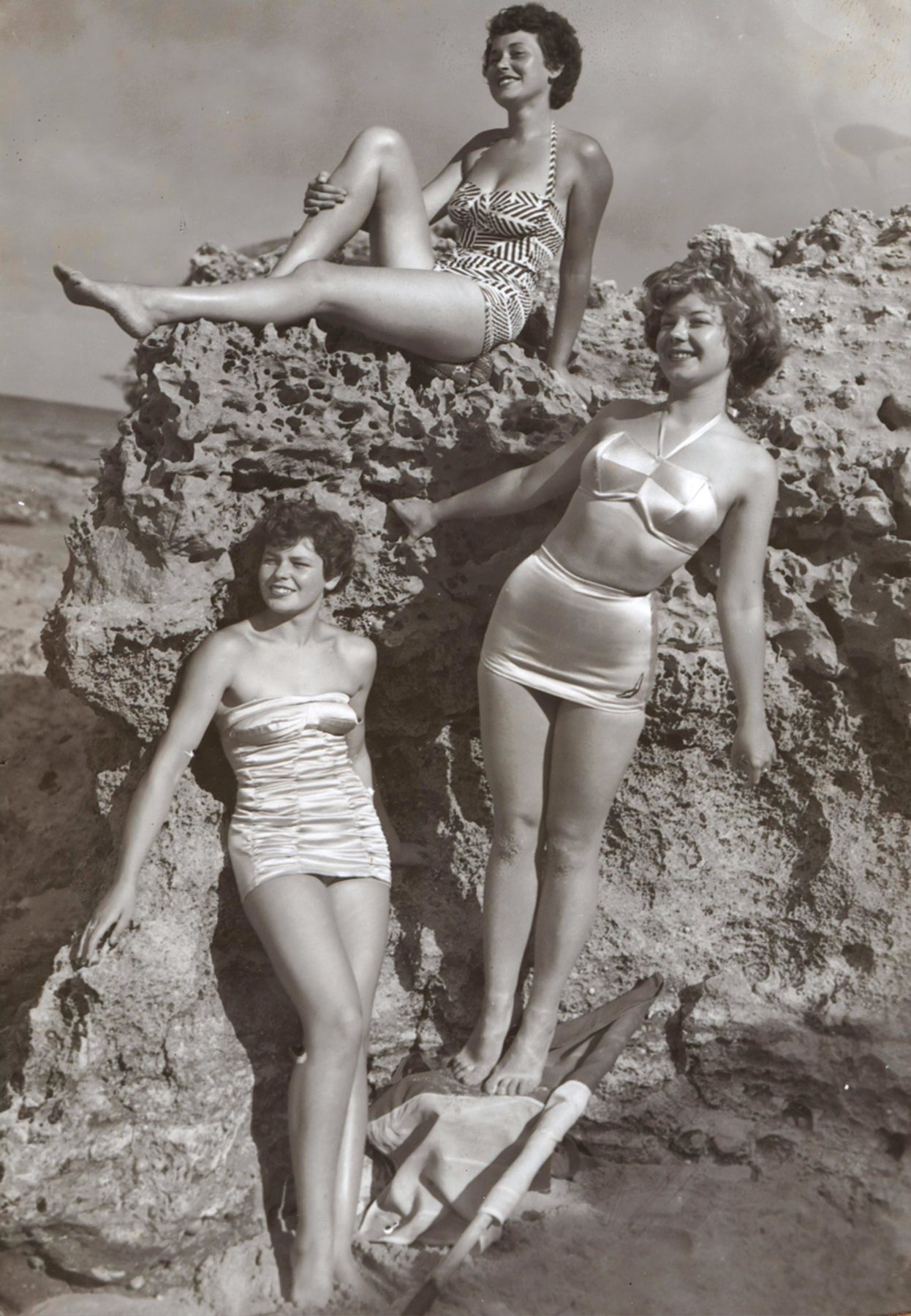
Creating a swimwear-themed magazine issue would be incomplete without diving into the rich history and evolution of the swimsuit itself. Between the industrial and material innovations and the rise and fall of trends, both men and women have experienced a diverse yet fascinating relationship with beachwear. Various styles defined the different eras, so let’s take a look at the ever-changing transformation of swimwear.
Early 1900s
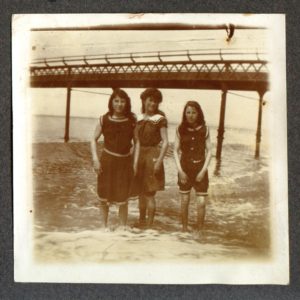
Looking back, swimsuits have changed quite a bit from what they once were. For women, early 1900s swimwear had most of the arms and legs covered. Although this style was less restrictive than the popular Victorian-style swimsuit, it still made swimming or playing in the water a difficult task because of the heavy material.
Men also wore modest swimwear. Tank suits — swimwear attire that had short sleeves or straps — were considered typical.
1920s and 1930s
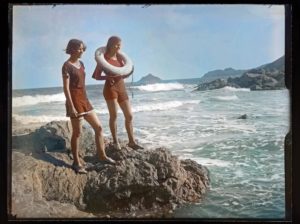
Starting in the Roaring ‘20s, women began wearing more figure-hugging tank suits made from jersey wool. Then, in the 1930s, came the rise of elastic which allowed for a more comfortable and movable fit.
Boys, on the other hand, usually opted for the one-piece tank top with attached shorts. Large, horizontal stripes or solid colors were the dominant design trend during this time period.
1940s and 1950s
Say goodbye to the one-piece suit and hello to the bikini! In the 1940s, Louis Réard first created the bikini, and westerners soon adopted the new design as non-essential production was rationed during WWII — which contributed to Americans fully embracing the new design and saying goodbye to swimwear’s unnecessary material.
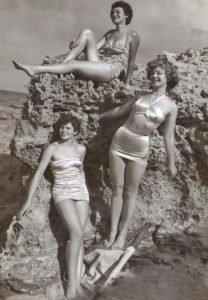
Men, too, ditched the unnecessary material and began to simply wear swim briefs or shorts. Wool and cotton suits quickly became a material of the past as the material, lastex, took off due to its quick dry time. This new suit, with a matching cabana shirt, was a popular look.
1960s and 1970s
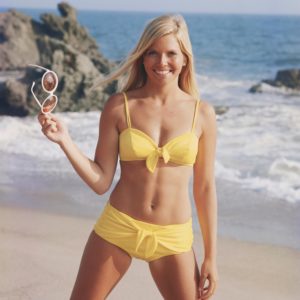
This era was full of the resurgence of the one piece, modesty aprons, pastels and mod color blocks. The seventies groove quickly transitioned females to prefer boyshort bikinis, stripes and boho designs.
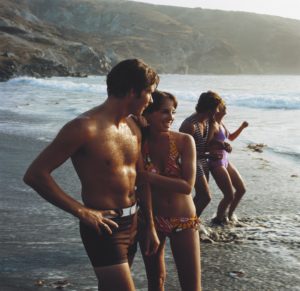
Men’s swimwear transitioned to a more boxer style look with hip-hugger shorts. This era definitely followed the motto “the shorter the better!”
1980s & 1990s
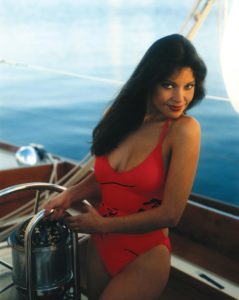
Females did not put away that one piece just yet. Instead, women began wearing swimwear much more high cut, thanks to the popular show Baywatch. Other style trends like bold colors and patterns also began to make their mark in this iconic era.
For men, the resurgence of the Speedo became a shortly-timed trend. At the end of the era, with the rising popularity of stores like Abercrombie, longer trunks begin to popularize.
Early 2000s

Famous models, such as Kate Moss, made triangle and bandeau-style bikinis all the rage. Other trends such as low-rise bottoms and thin-stringed ties gave this era an extremely minimalist and simple vibe.
Long-to-medium shorts were the ideal length for men’s swim bottoms. Men’s designs were also minimalist and neutral tones reigned king.
2010s
 Women begin to embrace their curves and popularize the resurgence of the high-waisted bikini. This era was filled with bandeau tops, polka dots, fringe, chevron and scalloped trim.
Women begin to embrace their curves and popularize the resurgence of the high-waisted bikini. This era was filled with bandeau tops, polka dots, fringe, chevron and scalloped trim.
Short trunks made a comeback for men, and popular brands like Chubbies created fun and colorful patterns to cultivate the resurgence.
Today

Our May 2021 Cover Girl, Ashley Kidd!
In today’s fast fashion climate, swimwear trends are more broad and quick to change. Neon, short-sleeve bikini tops, tie-dye, animal print, ribbed material and high-cut bottoms dominate the industry, and trends from eras past are retro and cool.
For men, medium cuts and vibrant colors and patterns are current, popular swimwear trends. The rules: there are no rules. Stereotypes of masculine colors and patterns are quickly fading and becoming trends of the past.






